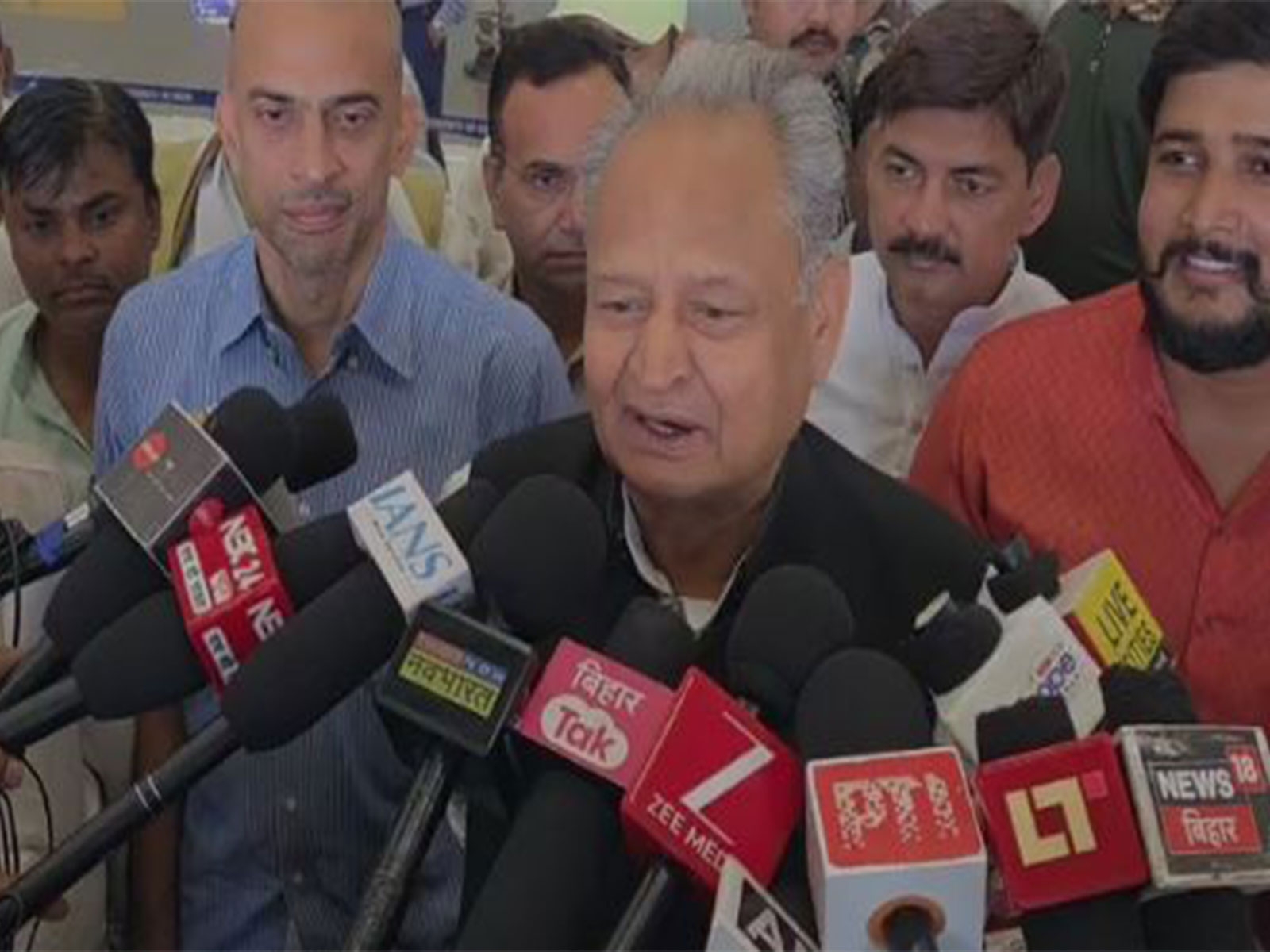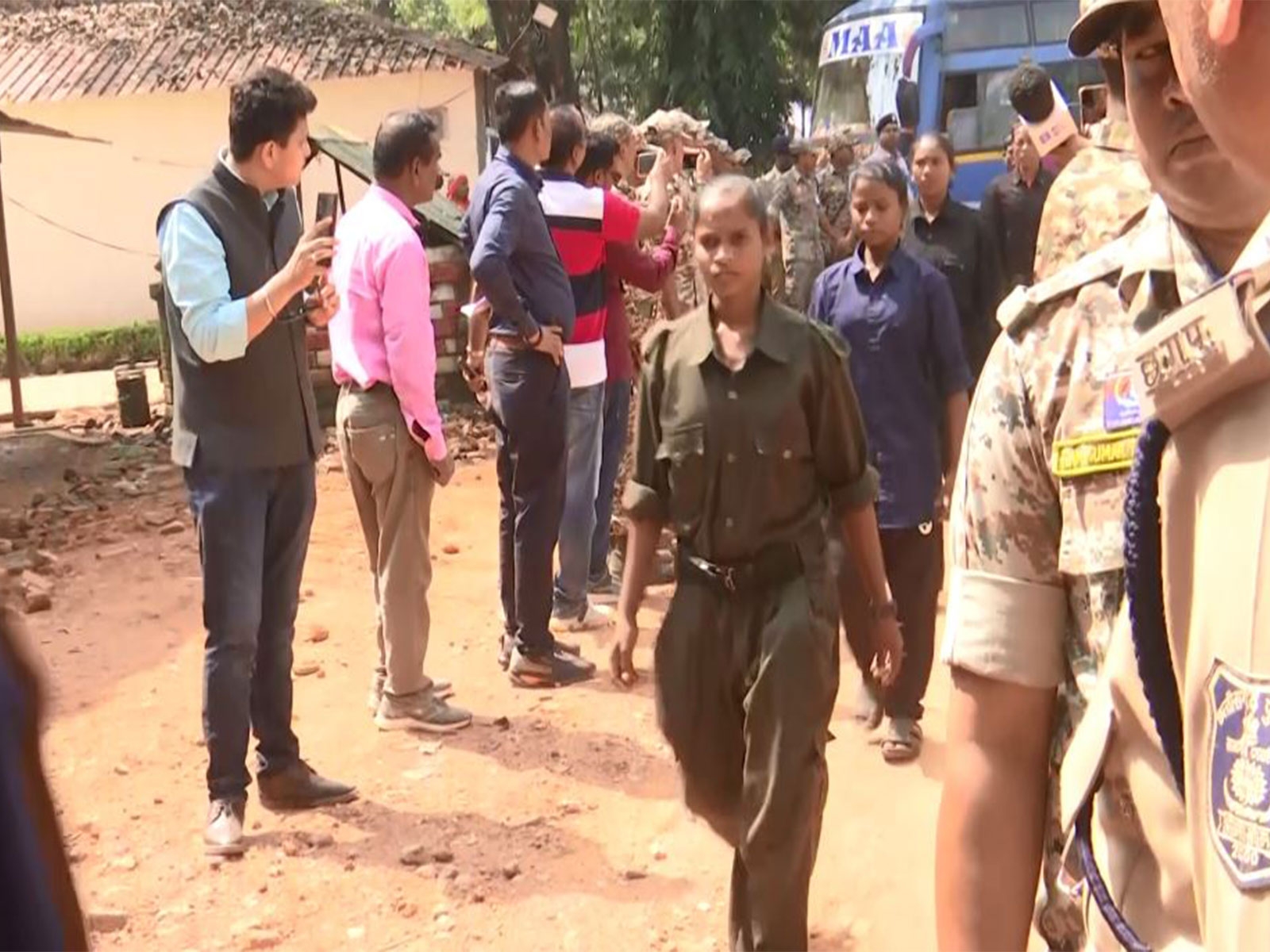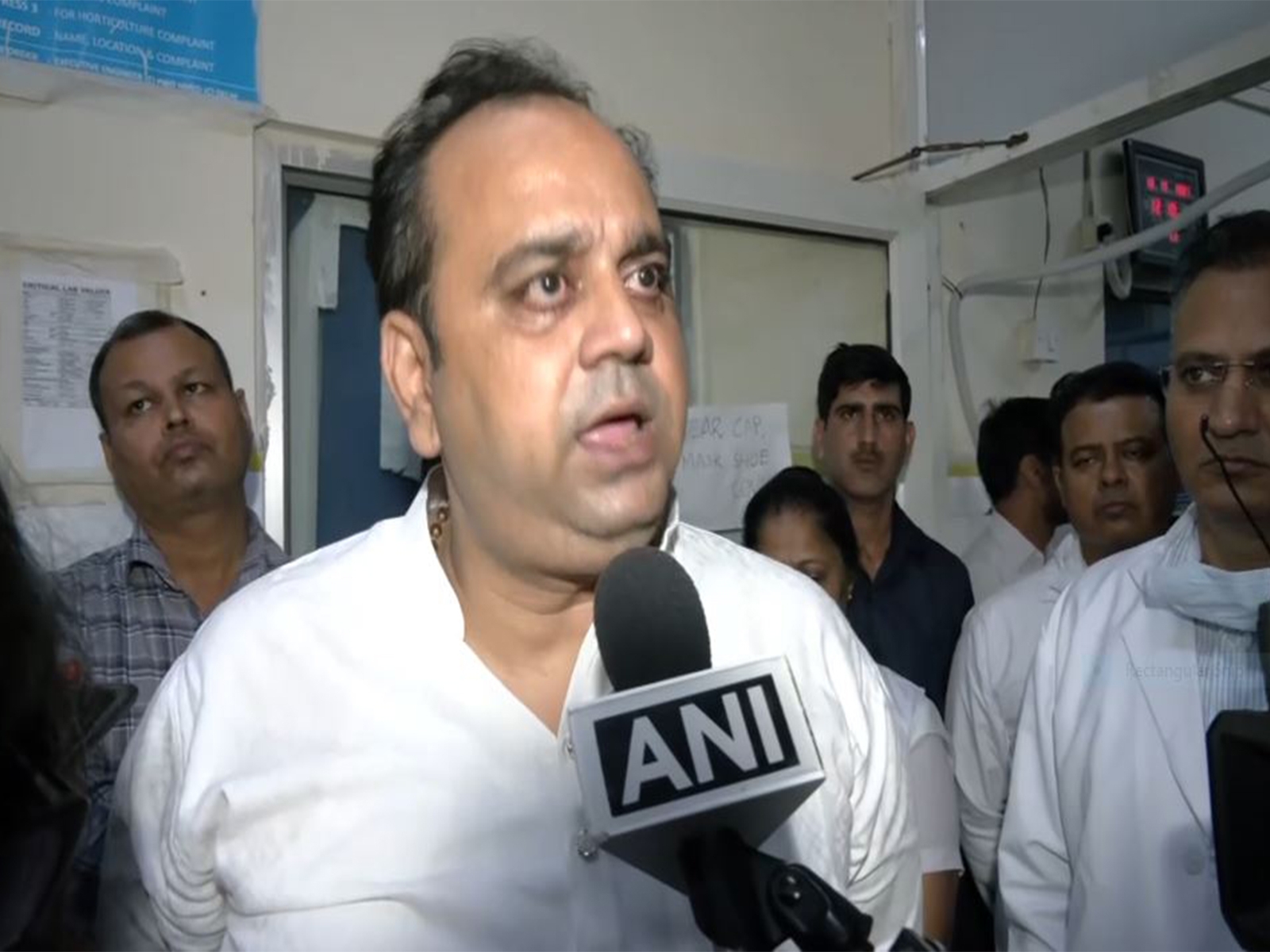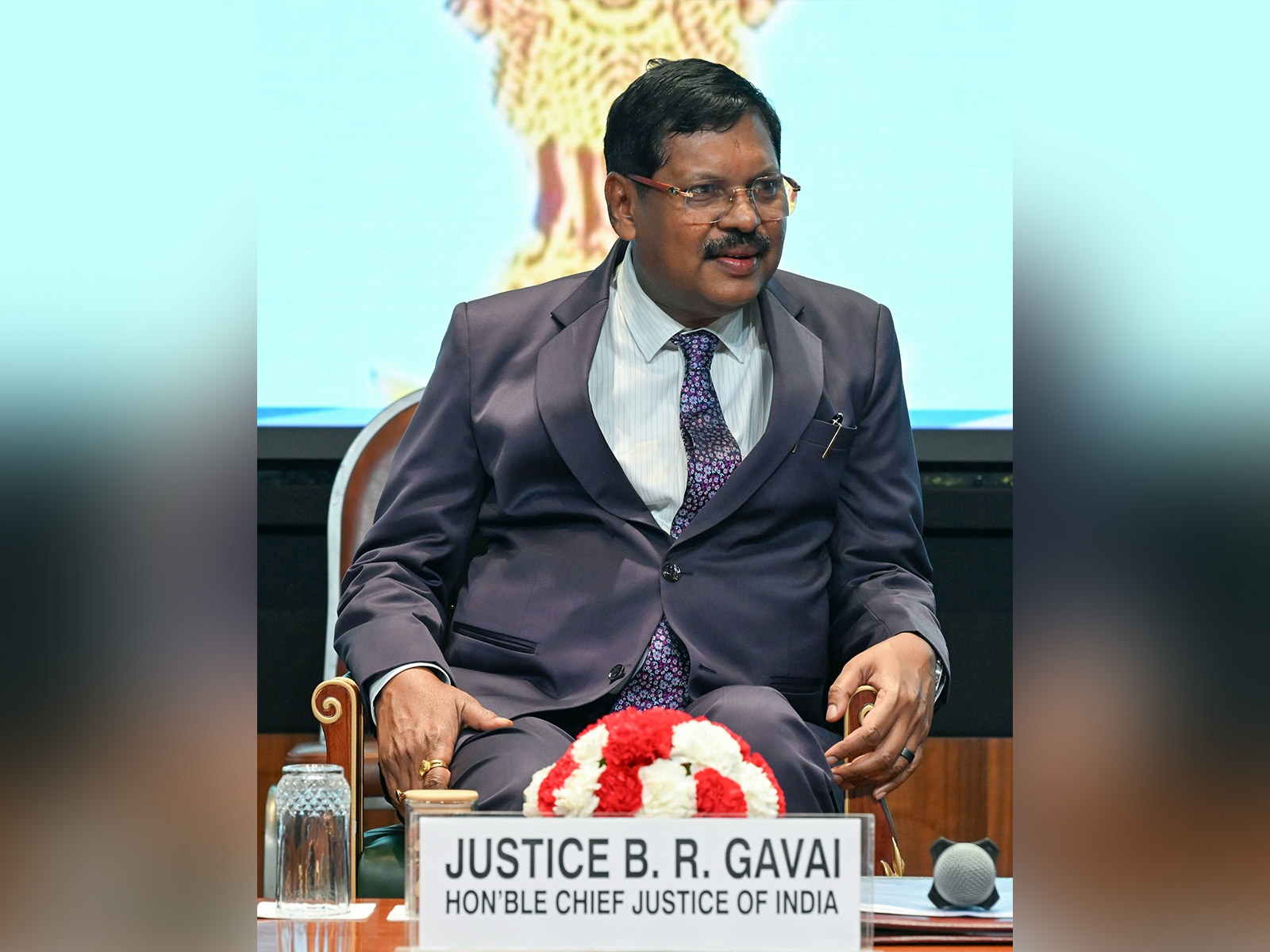Environment ministry had the power to stop AOL event. Why didn't it?

The questions
- Expert panels and the NGT agree that Art of Living has made permanent changes to Yamuna\'s ecology
- Now, questions are being raised as to why the Union environment ministry didn\'t do anything about it
The defence
- Minister Prakash Javadekar literally ran away from journalists on 9 March
- The ministry has been hiding behind a supposed \'confusion\' in laws covering temporary structures
More in the story
- What do the regulations say about temporary structures?
- Did the ministry really not have any power to act? Actually, it did
By now, it's established that Art of Living's (AOL) mega event on the Yamuna floodplains in Delhi has made permanent changes to the river's ecology. It is the opinion of expert panels, and even the National Green Tribunal (NGT) has accepted this in its latest order.
So, the big question is - where has the environment ministry been while all this has been unfolding?
Also read - Between the lines: NGT didn't stop #AOL event, but there's more to its orderThe ministry is increasingly drawing flak for washing its hands of the AOL episode, with phrases like 'abdicating responsibility' doing the rounds.
On 9 March, Union Environment Minister Prakash Javadekar quite literally ran away from journalists asking questions about the AOL event.
WATCH: Union Environment Minister Prakash Javadekar evades question on Sri Sri Ravi Shankar's #WorldCultureFestivalhttps://t.co/Xz2bF3fFyM
- ANI (@ANI_news) March 9, 2016
The ministry has been hiding behind a supposed 'confusion' in environmental laws covering temporary structures, a fig leaf the NGT has uncovered. Moreover, lawyers have pointed out that there are many other things, within the law, that the ministry could have done, but chose not to.
Temporary structures
Environmental clearances are mandated under the Environment Protection Act, 1986. The process to go about such clearances is described in the Environment Impact Assessment Notification, 2006.
But, of course, not every construction is covered under the Act. The notification describes what kind of projects come under its purview.
The ministry's position is that temporary structures are not covered by the notification. Indeed, there is no specific mention of such structures in it.
But experts say the ministry is incorrect in this interpretation.
The 'Schedule' of the EIA Notification lists all projects and activities governed by it. Clause 8 of the Schedule deals with area development activities above 20,000 square metres. While 8a applies to projects from 20,000 to 1.5 lakh square metres, 8b applies to areas above 1.5 lakh square metres.
Not all projects of that size necessarily come under the EIA Notification - for example, an event at Delhi's Ramlila Ground.
But any structures in ecologically fragile areas come under Clause 8 of the EIA Notification, said Pushp Jain, director of the EIA Resource and Response Centre.
"Such temporary structures in ecologically fragile areas, like floodplains, should ideally come under the EIA Notification," Jain says.
Indeed, just the stage for the AOL event is spread over seven acres, or over 28,000 square metres.
The whole event, based on the original Delhi Development Authority permission, is spread over 24.4 hectares or 2.44 lakh square metres. (It has been claimed that the AOL has actually affected double this area.)
The environment ministry is increasingly drawing flak for washing its hands of the AOL episode
"The landscape may look like a wasteland, but even the reeds and grasses play their own important role in the ecology of the floodplain," said one lawyer. "We can't bring everything under the EIA's purview; here the main issue is that it is happening on a floodplain."
The NGT seems to have not just vindicated the stand, but also confirmed that Clause 8b applies.
"The stand of MoEF&CC is contrary to the Notification, particularly with respect to the development of an area of more than 50 ha. as contained in the EIA Notification, 2006," the order reads.
Also read - Zenspeak: Sri Sri and the art of brainwashing
During hearings on 9 March, the tribunal asked the ministry why no assessment was done. "What makes you think the construction is temporary? Don't test our patience," the tribunal said, referring to the massive seven-acre stage.
Lawyers also cite the NGT's order banning camping by the river in Rishikesh, Uttarakhand, as an example. There, the tribunal had held that no structures of any kind can be permitted to come up up to 100 m from the river banks. The tribunal also asked for a scientific study of the impact of these campsites on environment, wildlife, river and biodiversity.
Not completely powerless
Even if the ministry was genuinely confused about temporary structures, it has other powers to stop work. Under Section 5 of the Environment Protection Act, 1986, the ministry has the power to close down or regulate "any industry, operation or process".
There were many other environmental aspects that were not argued before the NGT, according to environmental lawyer Sanjay Upadhyay. These include the implications of Biodiversity Act, as well as eco-sensitive areas.
The event is spread over 2.44 lakh sq m, and should come under the EIA Notification, 2006
The site is close to the Okhla Bird Sanctuary - but while the eco-sensitive zone around it is under litigation, the environment ministry "should have erred on the side of precaution," Upadhyay says.
"If the environment ministry does not look into the best interests of the environment, then that sends a bad signal," he adds.
More in Catch - AOL's event given go-ahead. Can this enzyme really clean up after itself?
Rs 5 crore fine by NGT on Art of Living is like Jizya, says VHP
A-Z of the row surrounding Sri Sri Ravishankar's World Culture Festival
First published: 10 March 2016, 6:53 IST



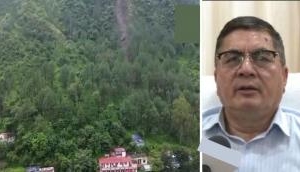


![BJP's Kapil Mishra recreates Shankar Mahadevan’s ‘Breathless’ song to highlight Delhi pollution [WATCH] BJP's Kapil Mishra recreates Shankar Mahadevan’s ‘Breathless’ song to highlight Delhi pollution [WATCH]](https://images.catchnews.com/upload/2022/11/03/kapil-mishra_240884_300x172.png)

![Anupam Kher shares pictures of his toned body on 67th birthday [MUST SEE] Anupam Kher shares pictures of his toned body on 67th birthday [MUST SEE]](https://images.catchnews.com/upload/2022/03/07/Anupam_kher_231145_300x172.jpg)


